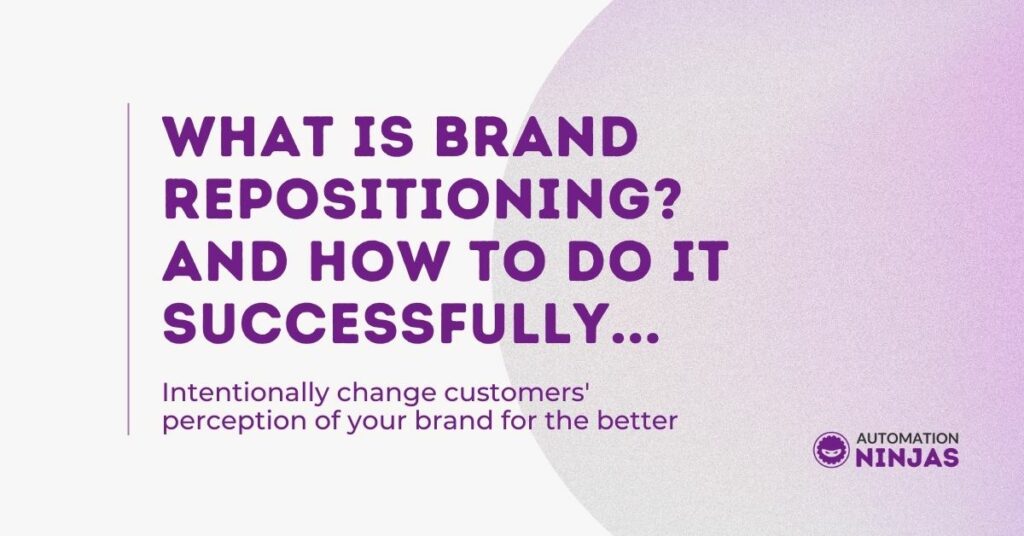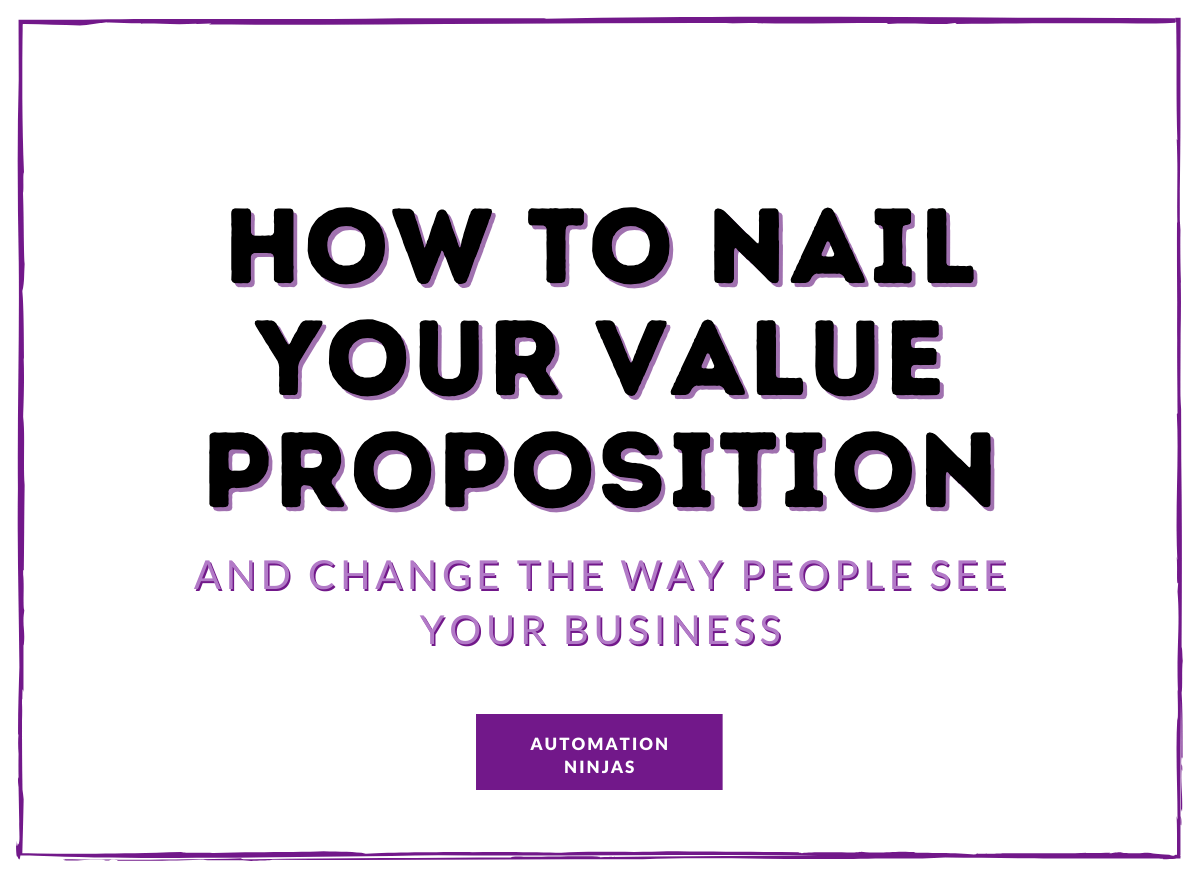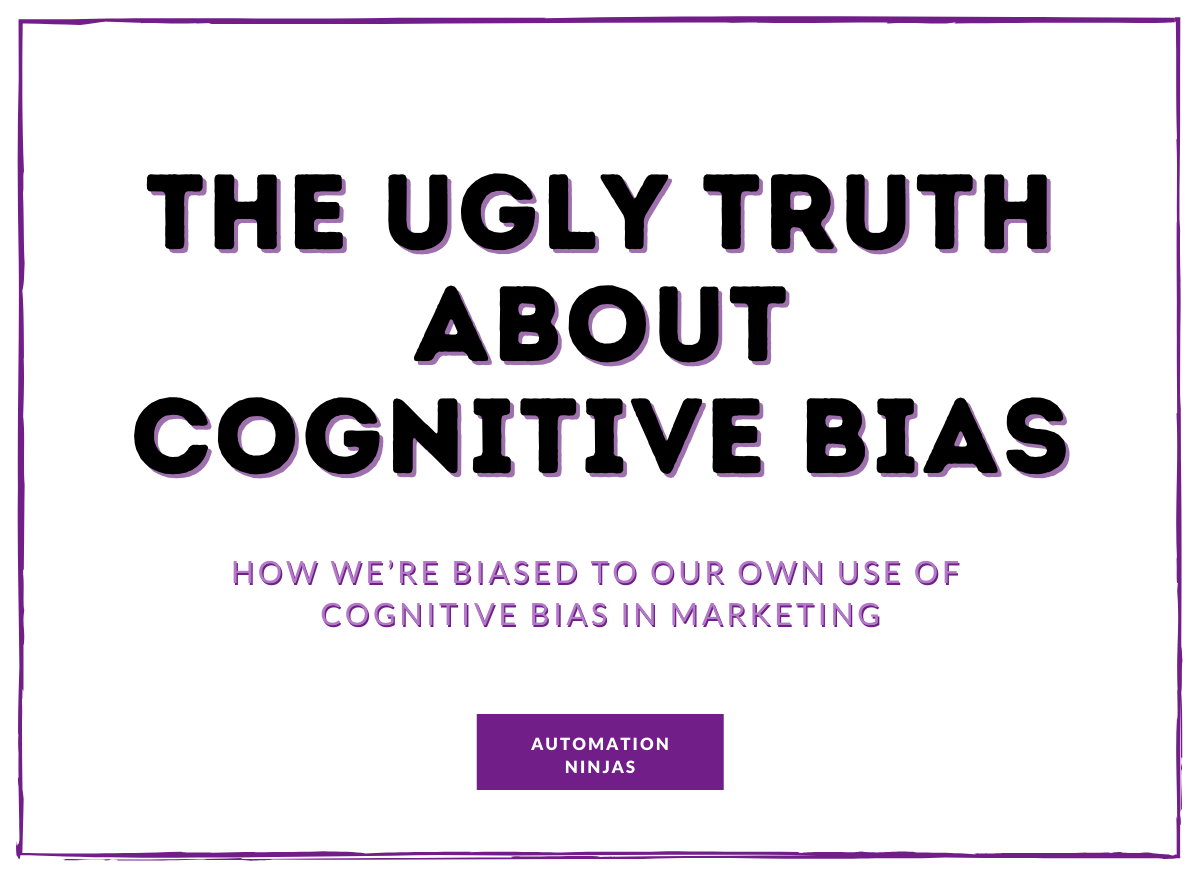Can you think of any examples of brand repositioning?
How many people do you know that don’t subscribe to Netflix?
Back when Netflix launched in 1997 they were a DVD rental company that operated by posting DVDs to watch (which the customer would post back after watching).
However, around a decade later they realised that the world was moving online and the DVD rental niche that they had carved out in the marketplace was fast becoming irrelevant. They successfully reinvented and repositioned their brand to become one of the first subscription-based movie and TV streaming platforms in the world.
So successfully that today the word Netflix has become synonymous with online streaming. In fact, many people don’t even know their roots began in DVD rentals.
A very successful brand repositioning if you ask me.
But, it’s not just large businesses that need to reposition themselves. You know your business inside, and likely have a clear vision for where you want it to go. However, as your business grows you may find that your business no longer fits into the niche you carved out for it. When that happens you need to pivot, and not only change what you do but how the marketplace perceives you in order to be successful.
This is exciting, as it means that even if your business is no longer serving your needs, or aligning with your values you don't have to start again. You can create a strategy to intentionally reposition yourself within your industry.
In this blog, we’ll explore what exactly brand repositioning is, how to do it well, and examples of companies that have repositioned.
What is brand repositioning?
Before understanding what brand repositioning is, we first need to understand what brand positioning is.
Brand positioning is a strategy used to set your brand apart from others in the industry. It is related to how the brand is perceived within its niche.
Brand positioning is incredibly powerful, brands that are consistent increase revenue increase of 10-20% on average.
So what happens when your positioning is no longer serving your business?
Maybe your brand proposition has changed…
Or, maybe the way your customers perceive you does not align with your brand values and mission….
Is new technology causing decreasing sales and leads?
If any of these scenarios sound familiar then it might be time to reposition your brand:
Brand Repositioning is a marketing approach used by brands to intentionally modify the perception that their target audience has of their products and/or services to better align with your brand's mission, values and purpose. It’s suitable if (potential) customers already have an opinion of your brand.
As technology and society change, many businesses will find themselves in the position of needing to reposition themselves. And it’s a position that many businesses found themselves in during the pandemic and lockdown, as their business services changed and they had to switch up their services.
It’s important to note that brands can successfully reposition without fully re-branding. If we go back to Netflix, they kept their brand identity including logo etc. But their mission changed, and so their brand was repositioned to align with that change. However, a rebrand will often also include repositioning.
Essentially you can reposition a brand without rebranding. But you rarely rebrand without repositioning.

How to successfully reposition your brand…
You’ve decided a brand reposition is certainly on the cards.
So, do you just jump straight in and get on with it?
No! Like any successful branding project you need to do some research upfront.
Brand positioning is primarily linked to two aspects of a product and/or service:
- 1What does your target audience think of your products/services characteristics?
- 2What does your target audience think of your competitors?
These need to be considered as part of the process before starting your repositioning strategy. Otherwise, you will find your brand lands in another position you don’t want to be in.
So let’s look at the process for a successful brand reposition…
1. What does your target audience think of your product or service?
Before you know where you are going, you need to first evaluate when you are in the grand scheme of your industry.
Part of this is understanding and identifying who your target audience is and what they think of your brand.
At this stage, it’s not enough to just know that it’s Mary from Bristol buying your product/service. You need to get a deep understanding of the current customer, who they are, why they buy and what problem they are looking for a solution to.
You will need to ask yourself some of the following questions:
- Who is the current customer base?
- What are the reasons for the purchase?
- What are their buying patterns?
Once you know who your target audience is, you need to figure out what they currently think of your product or service.
And consider whether or not your ideal target market is your current customer base. You might want to reposition in a way that keeps your current customers but changes their perception.
Alternatively, you might also want to alter your positioning to attract a different type of target audience. So, you’ll need to identify where the discrepancies lie in order to move forward with the repositioning.
Gucci is a great example of identifying and switching target markets during a brand repositioning. Traditionally they were a fashion powerhouse targeting super-wealthy individuals. However, recently they’ve shifted towards more progressive, young adults in line with the fashion zeitgeist. Their product hasn’t changed, but how they were perceived by their target audience has.
Identifying who your current and future target market is, and what they think of your brand is key to brand repositioning.
2. How does your target market perceive your competitors?
Another element of understanding your current position is knowing where your brand sits in relation to industry competitors.
I know what you are thinking: “We don’t have any competitors, we’re completely different from everyone else.”
But, whether they are real or perceived within your potential customer's mind - your brand has competitors. People love to compare and will use other brands as an anchor in which to compare you too. Your brand does not exist within a vacuum, and the other brands within your industry may have an impact on how you are perceived.
Now that you know your ideal target market (and your actual target market), you can figure out:
- Who are they buying from?
- Why do they buy from competitors rather than you?
- What problems do their competitors solve that you don’t?
- How are you perceived in relation to these competitors?
Remember, competitors aren't always a bad thing. Especially if you’ve got a strong USP that helps differentiate yourself. Alternatives help to anchor you within your niche and can help to position your brand positively.
A brand like Tesla uses its competitors to its advantage. Yes, it’s an electric car, and there are many other alternatives. However, it’s positioned itself as a luxury high-performing EV. It would be difficult to position itself as such with the lower-quality alternative available in the car industry.
3. How do you want your brand to be perceived?
So, you know where your brand is currently positioned, who the ideal customer is and what they think of your competitors?
Finally, it’s time to figure out where you want your brand to be positioned within this framework, and how will you fulfil your target market's needs.
Remember, it’s not enough to just want to reposition. Answering these questions above is the starting point. But you have to put in the work in order to make the repositioning a success.
There are multiple things you have to change within the branding and communication including;
- Your branding
- Your messaging and communications (across the website, emails, blogs, socials)
- How you deliver your product/service
- Your price point
- You company values, mission statement and purpose
Successful brand repositioning is a BIG job and one that a lot of time, effort and money goes into in order to make it a success.
Do you need help repositioning your brand?
Brand repositioning can seem scary, but for most brands, it’s a natural part of their progression. It’s very likely that your brand will need to reposition at some point, whether that’s due to personal, technological or market changes.
However, that’s also a really exciting prospect. Your business doesn’t have to remain the same forever. If things get stagnant, or you fancy changing things up, then you can.
However, it is something that you need to think about strategically in order to be successful. Don’t just change things without knowing where you are or where you are going.
If you need someone to lend an ear, then why not book a consultation call with our team to see how we can help you with your brand repositioning.






